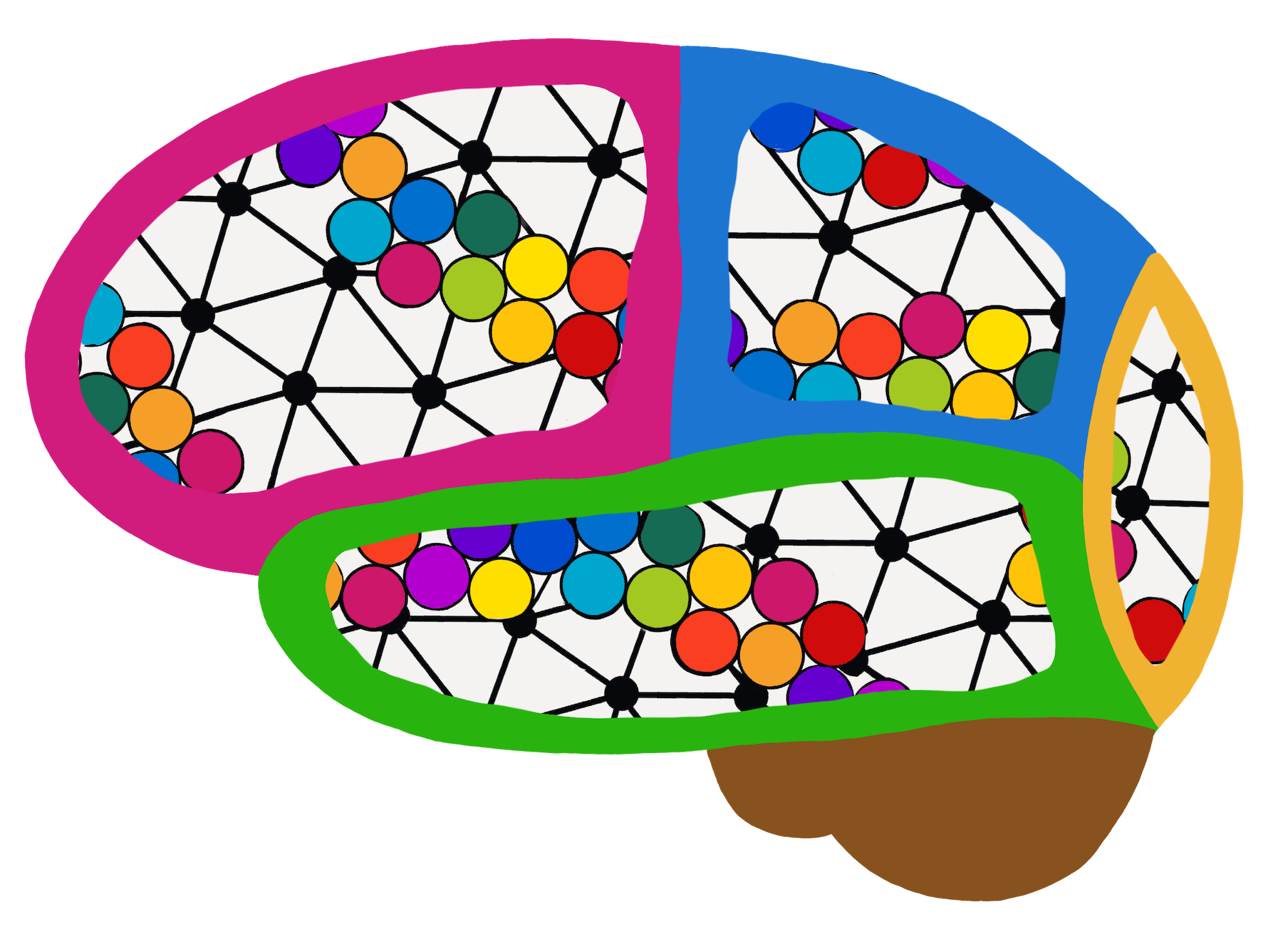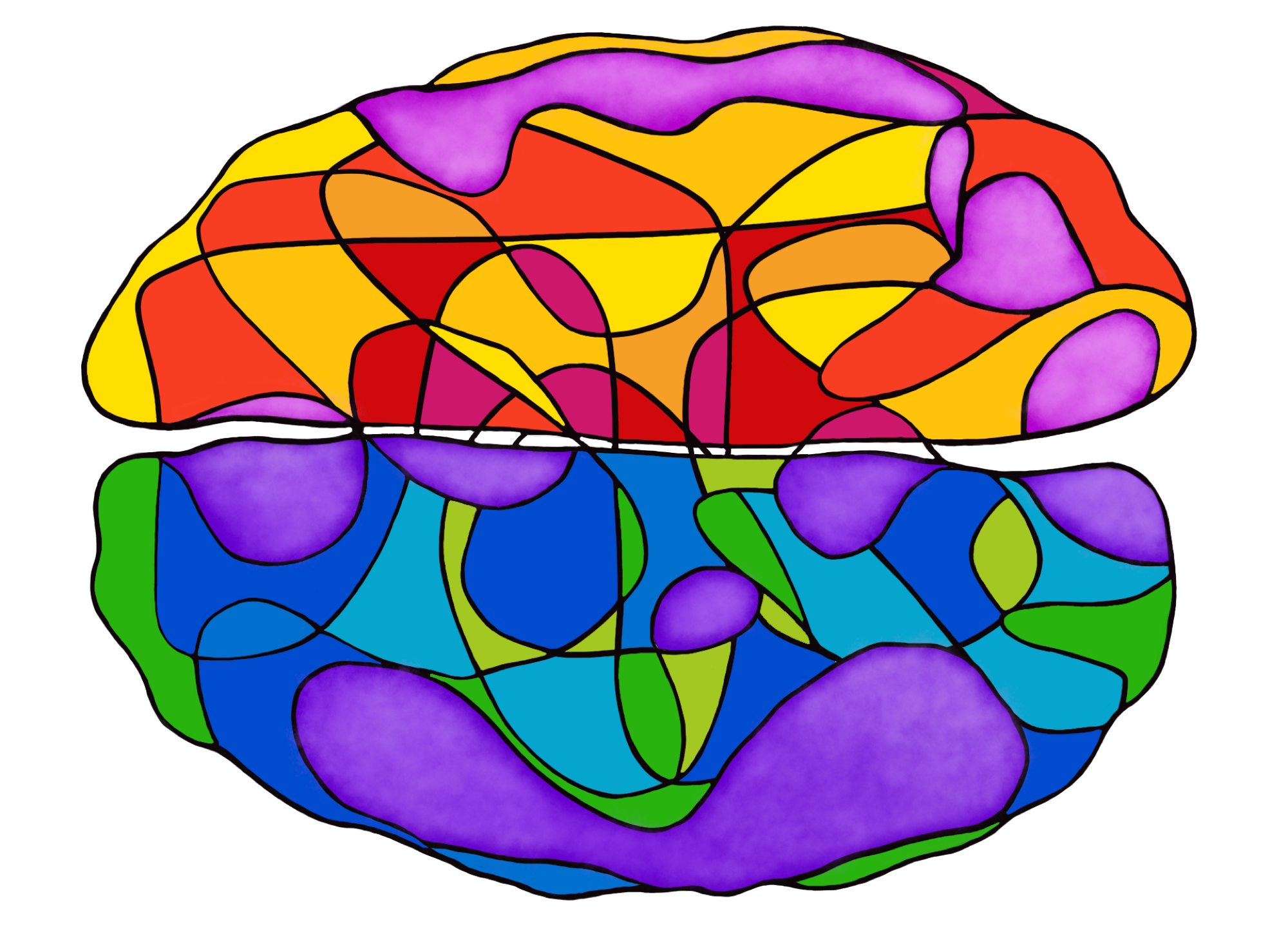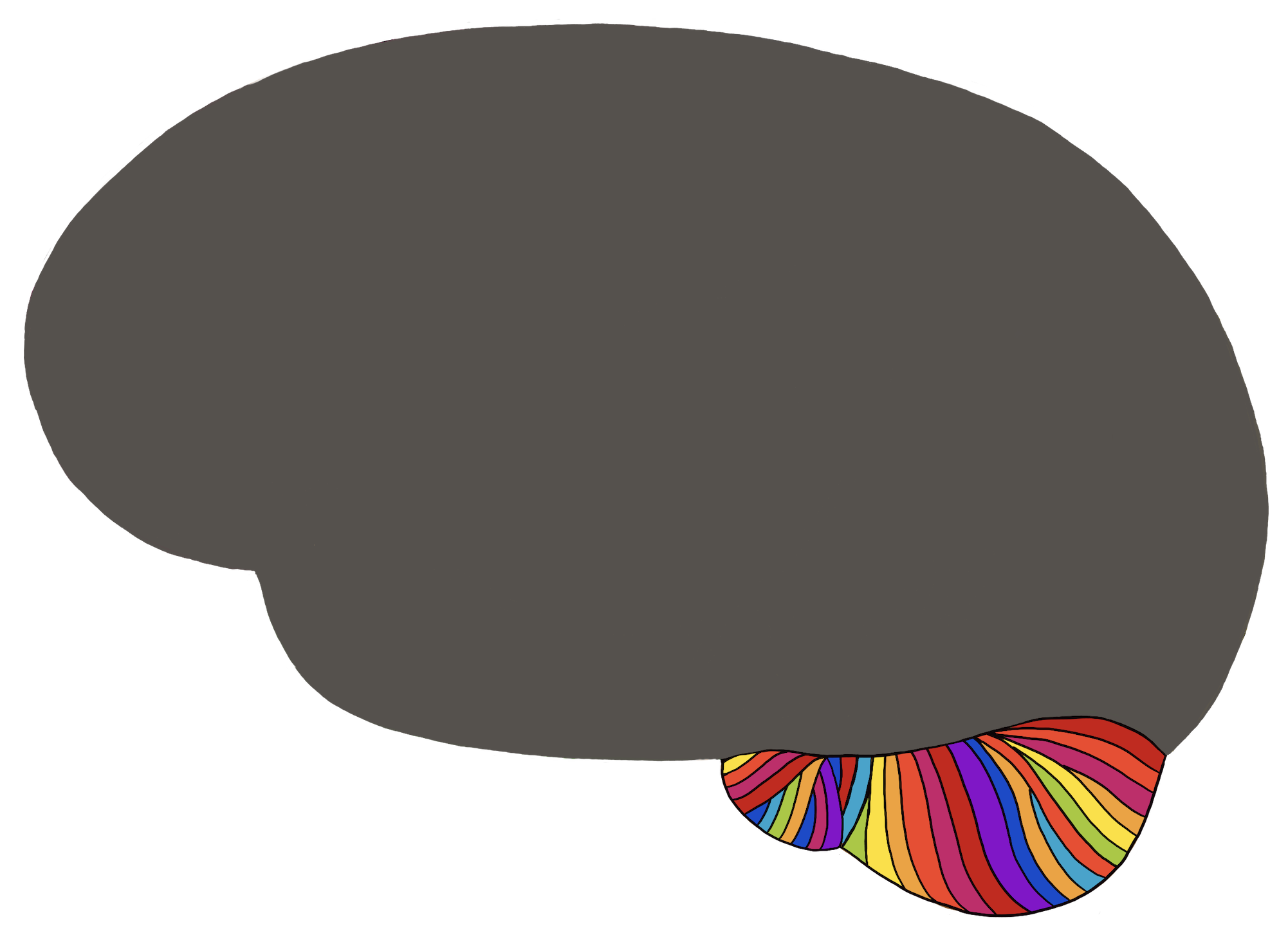
Research
Our research aims to understand how the language system works and how it fits into the broader landscape of the human mind and brain.
As a result, we work on diverse aspects of language processing, including both i) questions that concern the internal architecture of the language system and ii) questions that pertain to the relationship between language and various cognitive, perceptual, and motor systems.
We use a multitude of approaches—including fMRI, intracranial recordings, MEG, EEG, behavioral experiments, and computational modeling—and we work with diverse populations, including toddlers, children, young and older adults, individuals with developmental genetic disorders and acquired brain disorders, and individuals with atypical brains but typical-like cognition.
If you want to learn more about our work, our review/opinion papers are a good place to start.
You can download a summary of the lab’s research program (from 2023) here, and a more accessible version here.
For the full chronological list of publications, see Papers, including preprints and conference papers.


















